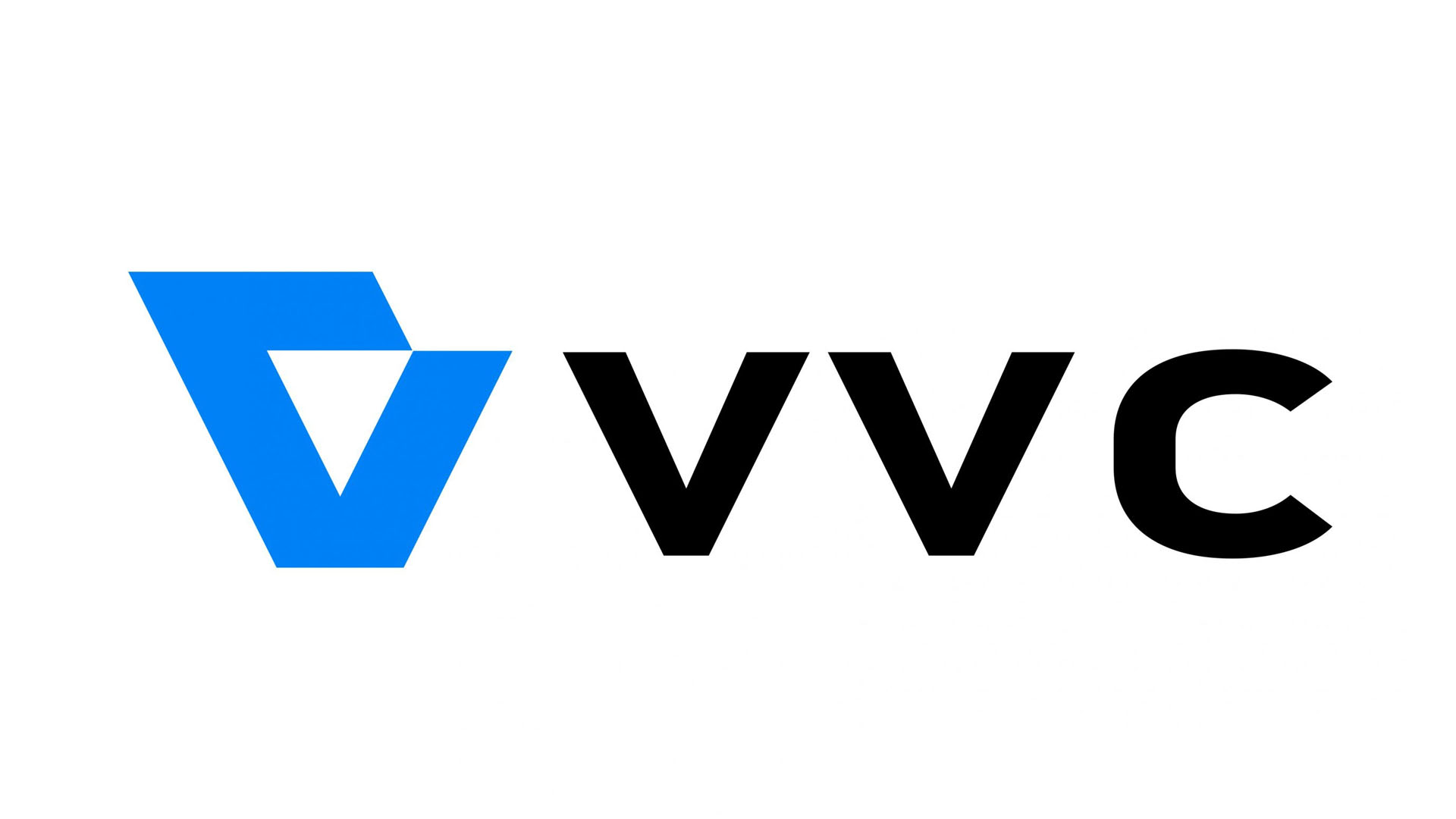
Replay: The newly announced VVC codec promises great things, but will it gain widespread adoption or become mired in licensing and royalty issues?Announcements of new video codecs are becoming almost as common as announcements of amazing new battery technologies. Do we want amazing new batteries? Do we want brilliant pictures for half the space and bitrate? Is the pope catholic? Let’s talk about versatile video coding, VVC, or H.266.
Yes, it’s H.264 part three, but this is not so much about the tech, as it is about the politics. Better codecs ultimately mean more for less, which is an easy idea to promote, so people do. The reality seems to be that we won’t necessarily get the same pictures for half the space and bitrate; as storage improves that’s barely been necessary anyway. What we tend to get is more pixels, or better pixels, for the same money. Or at least, we should have. The less palatable reality is that technical developments in compression technology have been less influential than the legal wrangling which surrounds them.
Concerns over patents in video codecs go all the way back to H.264, perhaps better called AVC in this context. It’s incredibly important; it was (and is) probably the codec that made the modern online video revolution possible. Without AVC, or something like it, Netflix would still be mailing people DVDs and YouTube wouldn’t exist. It’s not unreasonable that the people who put the work into developing AVC were keen to have their slice of that very large pie, and AVC attracts licensing fees – but the controversy began early, because AVC does not attract quite the fees that its creators once hoped for.
It was originally intended by the licensing people that anyone distributing video for free over the internet using AVC would, after 2015, be required to pay a fee. For-profit subscription services such as Netflix were already paying, but naturally, this made free-to-use services like YouTube (as if that isn’t still a for-profit endeavour) very nervous. In the end the requirement was not imposed, but it was perhaps the first broadside in a war that might have actually prevented HEVC, the successor to AVC, achieving as wide an uptake as quickly as it might have. That’s a pity, because HEVC is a significantly better codec, in terms of picture quality per bitrate.
And now, here comes VVC, or Versatile Video Coding.
VVC is to HEVC what HEVC was to AVC. All of these codecs use broadly similar approaches. They take picture data we already have, and transform it in various ways to predict what new picture data might look like. For instance, any given block of image is likely to be similar to, say, the block of image immediately to its left, or similar to the same block in a previous frame, perhaps moved slightly as the camera pans. The sophistication with which the picture can be broken down into blocks and reconstructed based on prediction determines how well the codec compresses. HEVC can use different arrangements of blocks and do more transformations to them than AVC could. VVC can do more things than HEVC, and it has useful support for high resolutions and colour depths and tricks such as wrapping from edge to edge to support 360-degree video.
It takes more computer power, but that’s OK; we’ve often plenty, and we’ll trade it to save bitrate. The problem is not the technology. It’s certainly not simple, but it’s at least possible to keep increasing the number of ways that a codec has of turning old picture data into new picture data. The problem is who’s claiming to own that technology, and early signs with VVC are not particularly encouraging. An industry body called the Media Coding Industry Forum was set up with the specific goal of avoiding the problems that occurred with HEVC. Unfortunately, there are early signs of exactly the same thing happening again, with multiple organisations wrangling over who owns what and who gets to be in charge. Yes, this is potentially very self-destructive behaviour.
The AV1 codec, that we’ve written about before, is intended to avoid this problem; it was developed by the Alliance for Open Media with the specific intent of avoiding legal entanglements, such that it could be royalty-free. Let’s not question the wisdom of designing a piece of technology around what’s legally possible as opposed to what works best. AV1 It works fairly well, probably around as well as HEVC or even a little better, although the encoding process is hard work. Naturally, the idea of a royalty-free codec is anathema to people trying to make money out of codec licensing and – well – there’s an argument in progress, and it’s not clear whether AV1 can ever work out to be the royalty-free paragon it’s widely hoped to be. For an even deeper dive into all this, look up EVC, a codec offered in a free version with additional levels of sophistication which become available at various levels of payment.
The situation is a self-destructive, wasteful mess that makes the actual capability of any codec largely irrelevant until we’ve worked out how much it costs and who gets to decide that. The legal processes in doing that have so far been protracted enough to eat significantly into the shelf life of the technology under discussion; HEVC was certainly very slow to market because of it. VVC contains some great engineering and reportedly does a 40% better job than HEVC, albeit for a lot more computer horsepower. As we’ve said, though, that’s a compromise the likes of Netflix, faced with grim predictions of network capacity overload, would be happy to make – so long as they know they’re not likely to be ruined by the sudden imposition of swingeing fees at a later date.


Comments